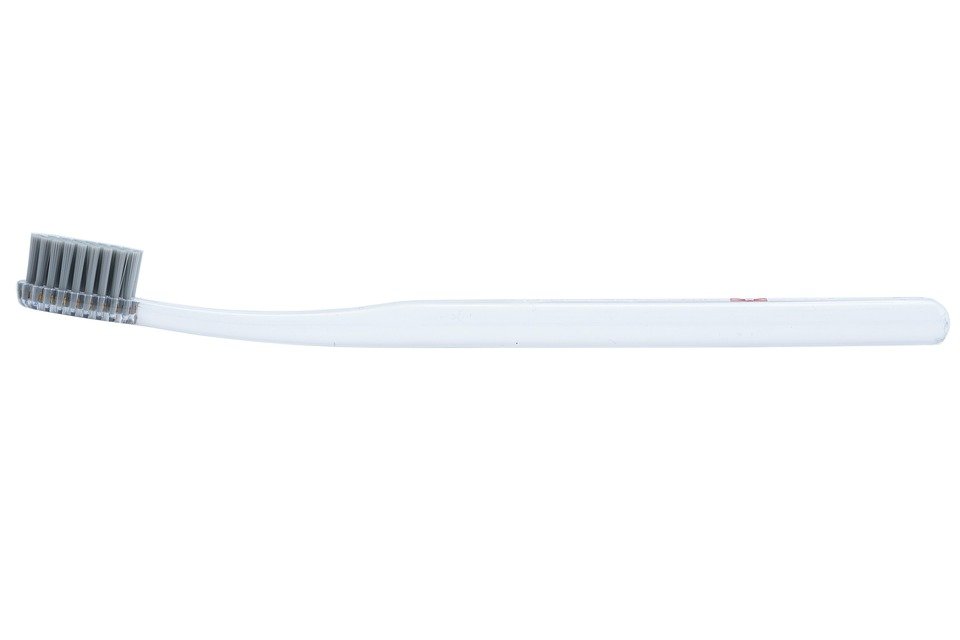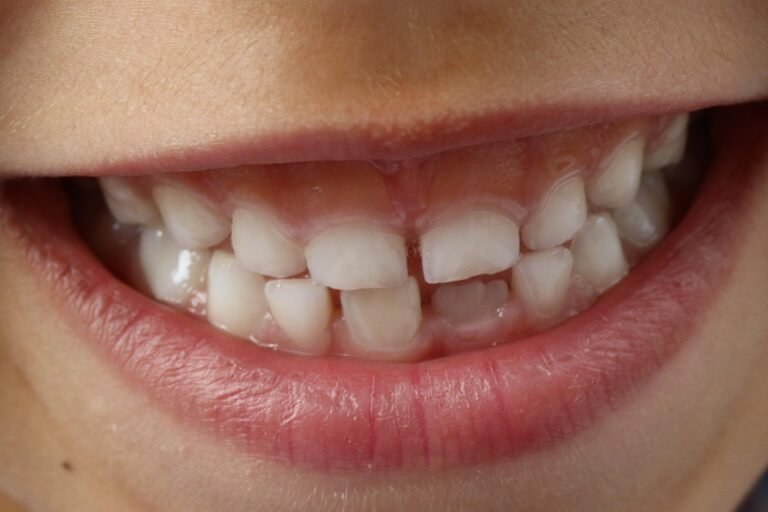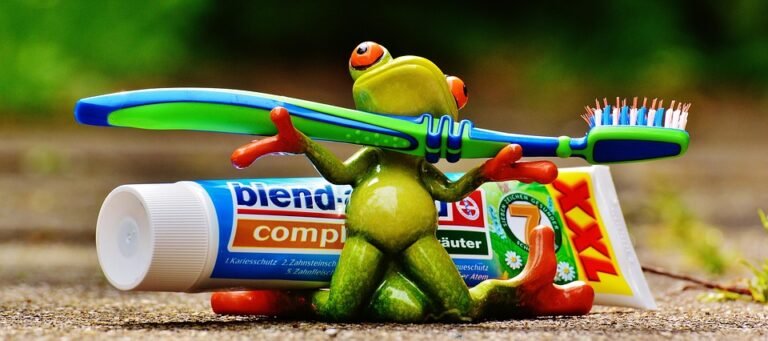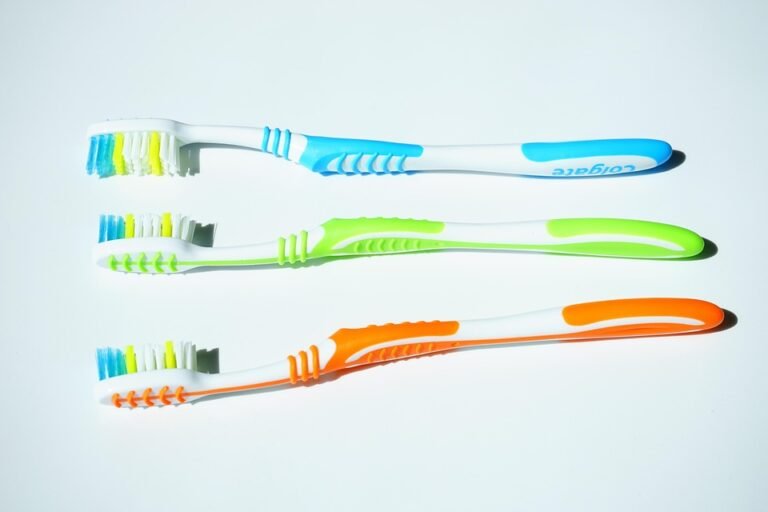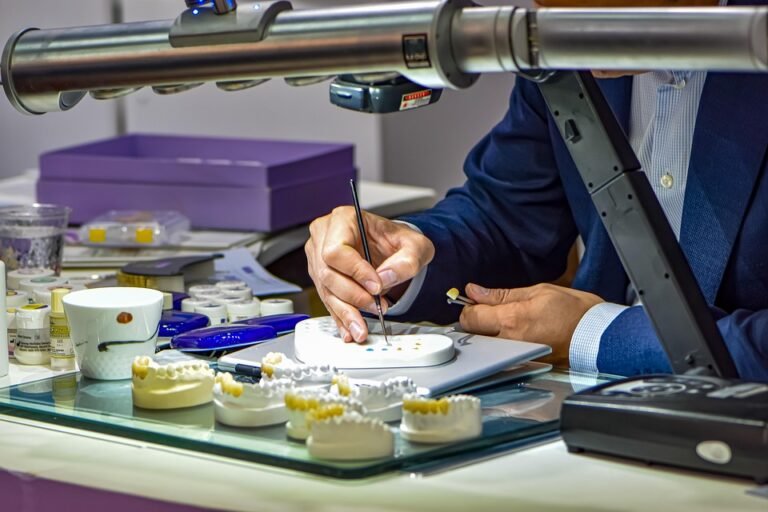How does 3D modeling improve dental restorations
Okay, so I’m getting a crown soon, and my dentist mentioned they’re using 3D modeling now to design it. I’m trying to understand how this is actually better than the old methods. Specifically, things like:
- Does it make the crown fit better? I’ve heard horror stories about crowns that are too tight or too loose and cause problems later.
- Is it faster? Will I have to wait weeks for the lab to make it, or is it quicker using this digital process?
- Is the final result more natural looking? I really want the crown to blend in seamlessly with my other teeth.
- Are there different materials they can use now that they couldn’t before because of the 3D modeling process? I’m also curious about if it makes the crown stronger or more durable.
- What are the downsides, if any? Is it more expensive? Less accurate in some cases? I just want to be fully informed before going ahead with it.
Answer
3D modeling significantly improves dental restorations by enhancing precision, predictability, efficiency, and patient satisfaction throughout the entire restorative process. Here’s a detailed breakdown of the improvements:
1. Enhanced Precision and Accuracy:
- Digital Impressions: Traditional impression methods are prone to distortions and inaccuracies. 3D modeling relies on digital impressions obtained through intraoral scanners. These scanners capture the oral environment with high precision, eliminating the errors associated with physical impression materials like shrinkage or air bubbles.
- Virtual Design: The 3D model allows dentists and lab technicians to design restorations virtually, using specialized CAD (Computer-Aided Design) software. This enables meticulous control over every aspect of the restoration, including margins, contours, occlusal contacts, and esthetics.
- Precise Fit: The accurate digital model translates to a precisely fitting restoration. The improved marginal fit minimizes microleakage, reducing the risk of secondary caries and improving the longevity of the restoration.
- Reduced Adjustments: Because the restoration is designed based on accurate data and with careful consideration of the patient’s anatomy, there is often a substantial decrease in the amount of chairside adjustments needed upon delivery. This saves time and reduces patient discomfort.
2. Improved Predictability and Planning:
- Treatment Planning: 3D models facilitate comprehensive treatment planning. Dentists can visualize the final restoration outcome before any physical work is done. This allows for better communication with the patient regarding expected results and the ability to address any concerns proactively.
- Diagnostic Wax-Ups: Digital models can be used to create virtual diagnostic wax-ups. These virtual wax-ups allow dentists to assess the feasibility of a proposed treatment plan and to make adjustments before committing to the final restoration design.
- Surgical Guides: For implant-supported restorations, 3D models enable the fabrication of surgical guides. These guides ensure accurate implant placement, optimizing the prosthetic outcome and minimizing the risk of complications.
- Occlusal Analysis: 3D modeling software allows for dynamic occlusal analysis, identifying areas of premature contact or interference. This facilitates the design of restorations that promote optimal occlusal function and minimize stress on the teeth and temporomandibular joint (TMJ).
3. Increased Efficiency and Speed:
- Streamlined Workflow: Digital workflows are significantly more efficient than traditional methods. The time-consuming process of taking physical impressions, pouring models, and manually waxing up restorations is replaced by a faster, more automated digital process.
- Reduced Turnaround Time: Digital design and manufacturing processes often significantly reduce the turnaround time for restorations. This allows dentists to deliver restorations to patients more quickly, improving patient satisfaction.
- Remote Collaboration: 3D models can be easily shared electronically between dentists, specialists, and dental laboratories. This facilitates seamless collaboration and communication, regardless of location, resulting in a more efficient and coordinated treatment process.
- Chairside Milling: With the advent of chairside milling systems, some restorations can be designed and fabricated in the dental office in a single appointment. This eliminates the need for temporary restorations and further reduces the overall treatment time.
4. Enhanced Esthetics:
- Customized Design: 3D modeling allows for highly customized restoration designs, taking into account the patient’s unique dental anatomy and esthetic preferences.
- Shade Matching: Digital shade matching technologies can be integrated with 3D modeling workflows to ensure accurate shade selection and reproduction.
- Virtual Smile Design: Software allows for virtual smile design, where the patient can visualize the proposed outcome of the restoration before treatment begins. This ensures that the final restoration meets the patient’s esthetic expectations.
- Precise Material Selection: 3D modeling enables the selection of appropriate materials based on the specific requirements of the restoration. This ensures optimal esthetics, strength, and biocompatibility.
5. Improved Patient Experience:
- Comfortable Impressions: Intraoral scanners are generally more comfortable for patients than traditional impression materials. They eliminate the gag reflex and unpleasant taste associated with conventional impressions.
- Reduced Chair Time: The efficiency of digital workflows translates to shorter appointment times for patients.
- Enhanced Communication: 3D models provide a visual aid that helps dentists communicate the treatment plan to patients more effectively. Patients can better understand the proposed treatment and the expected outcome.
- Predictable Results: The improved precision and predictability of 3D-modeled restorations contribute to a more positive patient experience and greater satisfaction with the final result.
6. Material Advancements:
- Optimized for CAD/CAM Materials: 3D modeling and manufacturing are specifically designed to work with advanced dental materials like zirconia, lithium disilicate, and various composites. These materials offer excellent strength, esthetics, and biocompatibility.
- Precise Material Thickness Control: The software allows for precise control over the thickness of the restoration, ensuring adequate strength and preventing fractures.
- Material Property Considerations: CAD/CAM software considers the specific properties of the chosen material during the design phase, optimizing the restoration for its intended function.
In summary, 3D modeling enhances dental restorations by facilitating increased precision, predictability, and efficiency, resulting in improved clinical outcomes, enhanced esthetics, and a more positive patient experience. The integration of digital technologies into restorative dentistry represents a significant advancement that benefits both dentists and patients.
